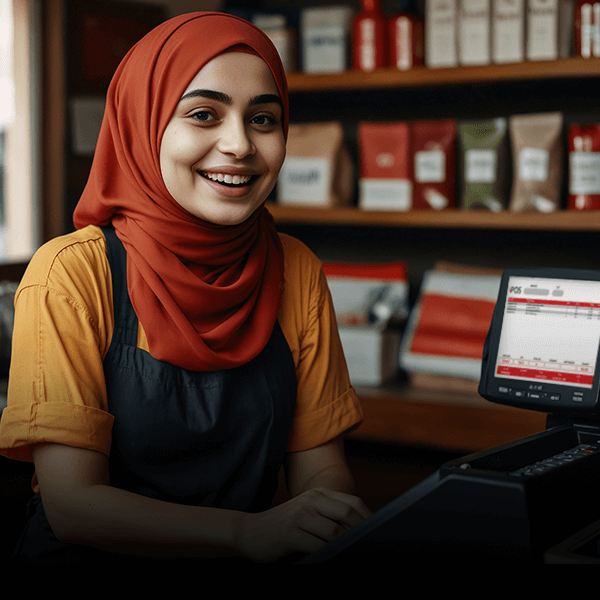A restaurant management system is a software solution that streamlines operations and boosts efficiency in the food service industry. These systems integrate various aspects of restaurant operations, from order processing to inventory management, helping businesses run smoothly and profitably.
By centralizing data and automating key processes, restaurant management systems enable owners and managers to make informed decisions, reduce errors, and focus on delivering great customer experiences.
Key Benefits of Restaurant Management Systems
- ✅ Improved operational efficiency through streamlined workflows
- ✅ Enhanced customer experience with faster service and personalized offerings
- ✅ Better inventory control, reducing food waste by up to 30%
- ✅ Increased staff productivity through optimized scheduling and training
- ✅ Data-driven decision making with real-time analytics and reporting
Core Components of Restaurant Management Systems
A restaurant management system typically includes the following features:
- Point of Sale (POS) System: Handles transactions, split billing, custom menus, and integrates with payment gateways.
- Inventory Management: Tracks supplies, automates reordering, and reduces food waste.
- Staff Scheduling: Optimizes shifts, time tracking, and compliance.
- Table Management: Helps with reservations, digital floor plans, and waitlists.
- Reporting and Analytics: Offers real-time insights and predictive business trends.
Benefits of Implementing a Restaurant Management System
Implementing a restaurant management system helps reduce errors, improve customer service, and automate tasks. It reduces food waste by up to 30%, improves table turnover, and streamlines multi-location operations.
Cloud-Based vs. On-Premise Solutions
- Accessibility: Manage operations remotely from any device.
- Automatic Updates: Stay up-to-date with the latest features and security.
- Lower Upfront Costs: No heavy hardware investment.
- Scalability: Easily add new locations or features.
On-premise systems offer more control but come with higher costs and maintenance requirements.
Choosing the Right Restaurant Management System
| 🍽️ Restaurant Size and Type Table service, quick service, or delivery? |
💰 Budget Constraints Cloud vs on-premise cost evaluation |
| ⚙️ Feature Requirements Tailored modules and customization |
🔗 Integration Capabilities Connects with tools you already use |
Implementation and Training
- 🕒 Plan around low-traffic hours and pilot in small areas first.
- 👨🏫 Train staff thoroughly with hands-on sessions.
- 🔁 Start with a trial and gather feedback.
- 📄 Have a contingency plan in case of downtime.
- 📆 Schedule refresher sessions post-launch.
Restaurant Management Systems by Establishment Type
- Fine Dining: Table service, detailed customer profiles, and wine management.
- Fast Food: High-speed service, drive-thru, kiosks, and standardization.
- Cafes: Loyalty programs, inventory for beans, drink customization.
- Food Trucks: Mobile POS, offline support, GPS-based marketing.
- Bars/Nightclubs: Tab management, age checks, high-volume readiness.
Integrating E-commerce with Restaurant Systems
- 📦 Real-time online ordering sync
- 🛒 Synchronized inventory across in-store and online
- 🧠 Centralized customer data for personalization
- 🧾 Unified pricing and menu control
- 📊 Integrated analytics from all channels
Future Trends in Restaurant Management Systems
| 🤖 AI-powered Inventory Forecasting Smart stock predictions reduce waste |
🎙️ Voice-activated POS Hands-free ordering improves speed |
| 🔗 Blockchain Transparency Track supply chains with trust |
📱 Augmented Reality Menus See dishes before you order |
Conclusion: The Impact of Restaurant Management Systems
Restaurant management systems are essential for modern food service businesses. They boost efficiency, reduce costs, improve guest experiences, and help manage multi-location operations with ease.
Whether cloud-based or on-premise, choosing the right system tailored to your needs ensures long-term success in a competitive industry. Invest in a solution that matches your restaurant’s operations and make sure your team is well-trained to use it.
With proper implementation and adaptation to future trends, your restaurant can thrive with the help of smart technology.





